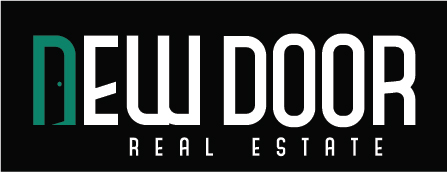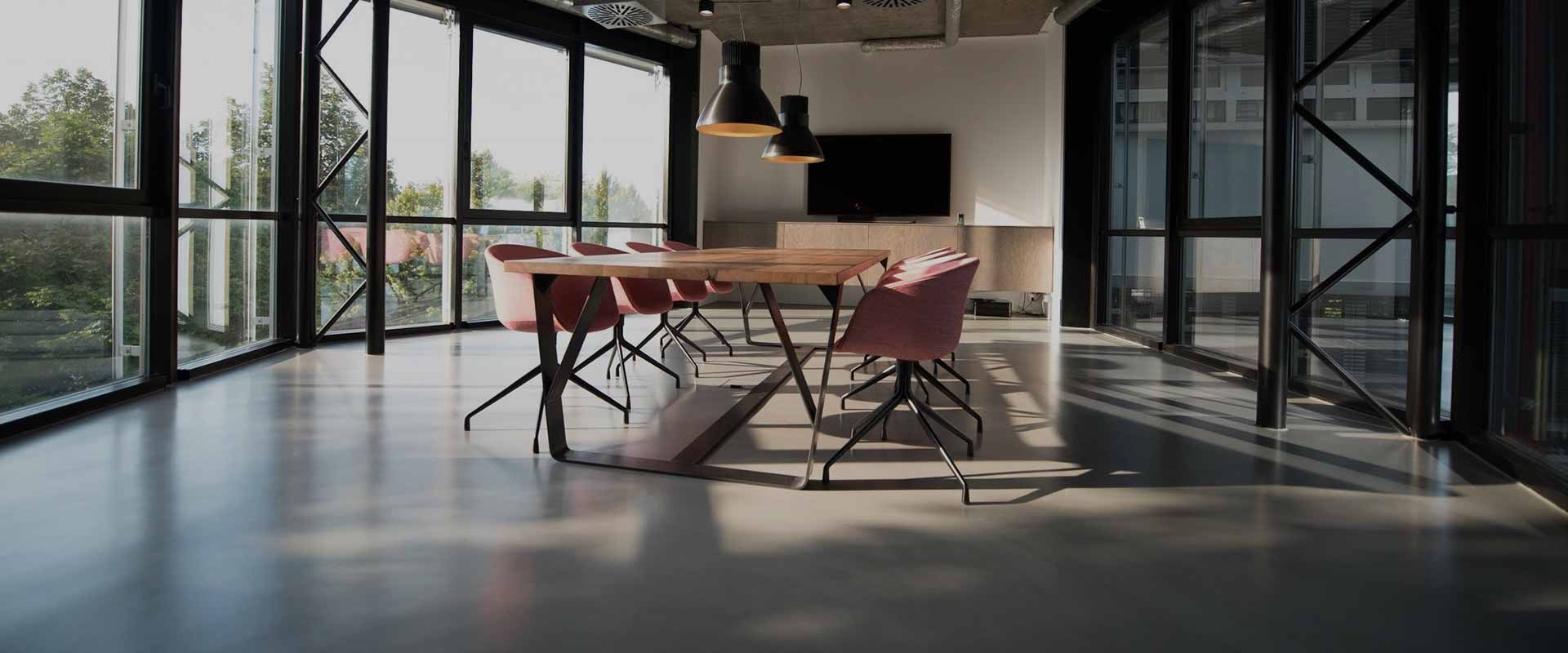Blending 2D and 3D Animation for Stunning Visual Content
In the world of animation, 2D and 3D techniques have their unique strengths. However, when combined, they can create visually captivating content that engages audiences like never before. The blending of 2D and 3D animation services opens up endless creative possibilities, allowing artists to explore new dimensions in storytelling and design. In this article, we will explore the art of blending 2D and 3D animation, its benefits, techniques, and how it can elevate the quality of your visual content. We will also discuss the contributions of Proteus Technologies in this innovative field.
Introduction to 2D and 3D Animation
Before we dive into blending, it’s essential to understand what 2D and 3D animation are and how they function independently.
2D Animation
2D animation involves creating movement in a two-dimensional space, where characters, objects, and backgrounds are represented in height and width but not depth. This style has been popular for decades, with notable examples such as Disney classics and Looney Tunes.
3D Animation
3D animation (or computer-generated imagery, CGI) creates moving images in a three-dimensional space, adding depth alongside height and width. This animation style is used extensively in modern films, video games, commercials, and visual effects, offering a more realistic and immersive experience. Pixar and DreamWorks are known for their stunning 3D animations.
Why Blend 2D and 3D Animation?
Blending 2D and 3D animation services creates a harmonious fusion of traditional and modern techniques. By combining the expressive appeal of 2D with the depth and realism of 3D, animators can push the boundaries of creativity. Here’s why this combination is gaining traction:
1. Enhanced Visual Appeal
By blending both styles, you can achieve a visually stunning experience that appeals to a wider audience. The depth created by 3D elements can complement the flatness of 2D, resulting in a dynamic and layered composition. This creates a visual experience that feels fresh and unique.
2. Creative Flexibility
Blending allows animators to take full advantage of both techniques. For instance, the character design can remain in 2D, while the environment or objects can be animated in 3D. This creative flexibility opens the door to innovative storytelling and exciting visuals.
3. Cost-Effectiveness
In some cases, mixing 2D and 3D animation can be more cost-effective than committing solely to one style. It can reduce the need for intricate 3D modeling, while still delivering the depth and dimension 3D animation offers.
4. Unique Style and Aesthetic
Combining 2D and 3D animation gives rise to a distinctive style that can set your project apart. Whether it’s a mix of flat, colorful 2D characters with rich, 3D backgrounds, or vice versa, the result is often something that stands out in today’s crowded visual content landscape.
Techniques for Blending 2D and 3D Animation
1. Layered Approach
In a layered approach, 2D and 3D animation elements exist separately but interact with each other. For example, 2D characters might interact with 3D objects or environments. This approach can be used to blend traditional cartoon animation with 3D backgrounds, giving the illusion of depth while keeping the charm of hand-drawn animation.
2. Depth Through Shading and Lighting
Another method of blending is by using shading and lighting effects. 2D elements can be animated with lighting effects that give them a pseudo-3D look. This technique brings depth to 2D assets without making them fully three-dimensional, creating a subtle mix between the two styles.
3. Camera Movement
3D camera movement can be used in combination with 2D characters or objects to simulate depth and realism. This technique allows for smooth transitions between the two styles, adding a cinematic feel to the animation. The ability to zoom in, pan, or rotate around the 3D elements while keeping the 2D characters static creates a seamless blend between the two.
4. Combining Textures
One of the most effective techniques in blending 2D and 3D animation services is the combination of textures. A 3D element can be textured in 2D, such as flat patterns or hand-drawn visuals. This allows the 3D models to retain their depth while also reflecting the aesthetic of traditional animation.
5. 3D Integration in 2D Scenes
Integrating 3D objects into a 2D scene can create striking contrasts. For instance, you could have a 2D animated character interacting with a 3D object, where the object appears more realistic and tangible, while the character remains stylized. This technique is particularly effective in short films and advertisements.
6. Post-Production Effects
After the animation is created, post-production effects can be used to seamlessly blend 2D and 3D animation services. These effects might include adding lighting, shadows, and motion blur to the 2D elements to make them appear more integrated with the 3D components.
Applications of Blended 2D and 3D Animation
Blending 2D and 3D animation has various applications across different industries. Let’s explore some of the most popular ones:
1. Film and Television
In the entertainment industry, many animated films and TV shows use the combination of 2D and 3D animation to create eye-catching visuals. Animated films like Spider-Man: Into the Spider-Verse use this technique to enhance the visual narrative and make it stand out.
2. Advertising and Commercials
2D and 3D animation services are widely used in advertising to create engaging commercials. By combining both animation styles, brands can convey their message in a fun and interactive way. The flexibility and creativity of the blend attract audiences and keep them engaged with the content.
3. Video Games
In the gaming industry, 2D and 3D animation are often blended to create unique game environments. While characters and scenes are in 3D, certain elements like menus, HUDs, or cutscenes may remain in 2D to preserve a certain style or aesthetic.
4. Social Media and Digital Content
Digital creators on platforms like YouTube and Instagram use a mix of 2D and 3D animation to create viral content. This technique can add a touch of creativity and uniqueness to their work, increasing its chances of being shared widely.
5. Corporate Branding
Companies that specialize in 2D and 3D animation services, like Proteus Technologies, provide brands with high-quality animated content for presentations, explainer videos, and corporate branding. The use of blended animation creates a visually appealing and professional image for the company.
Why Choose Proteus Technologies for 2D and 3D Animation Services?
Proteus Technologies is a leader in providing innovative 2D and 3D animation services. With years of experience in the industry, Proteus Technologies has helped numerous clients bring their ideas to life through expert blending of 2D and 3D animation techniques.
Expertise and Innovation
Proteus Technologies employs skilled animators who specialize in both 2D and 3D animation. Their team is adept at combining these two techniques seamlessly, offering clients a unique blend of creativity and technical expertise.
Cost-Effective Solutions
Proteus Technologies offers cost-effective solutions without compromising on quality. Whether you need a 2D animation with 3D elements or a completely blended experience, they can create the perfect solution that meets your needs and budget.
Diverse Portfolio
Proteus Technologies has worked on a diverse range of projects, from corporate animations to feature films, and their experience ensures high-quality results in all areas. By leveraging their deep understanding of both styles, they can deliver content that truly stands out.
End-to-End Services
From conceptualization to post-production, Proteus Technologies offers end-to-end animation services. Their comprehensive process ensures that every aspect of your project is handled by professionals, allowing for a seamless blend of 2D and 3D animation.
Conclusion
Blending 2D and 3D animation services has opened up new possibilities for animators, filmmakers, and content creators. Whether you’re aiming for a unique visual style or trying to make your brand stand out, combining these two powerful techniques can help you achieve stunning results. By choosing the right professionals, such as Proteus Technologies, you can ensure that your project is executed with the highest level of creativity and technical expertise.
FAQs
1. What is the difference between 2D and 3D animation?
2D animation involves creating movement in a two-dimensional space, while 3D animation involves creating movement in a three-dimensional space, offering depth and realism.
2. Can 2D and 3D animation be used together?
Yes, blending 2D and 3D animation is a popular technique used to create dynamic visuals. The two styles can complement each other to create unique and visually engaging content.
3. How is blending 2D and 3D animation beneficial?
Blending 2D and 3D animation offers creative flexibility, enhanced visual appeal, and cost-effectiveness. It can also create a unique aesthetic that sets content apart.
4. What industries use 2D and 3D animation services?
Industries such as film and television, advertising, video games, social media, and corporate branding all use 2D and 3D animation services to create visually compelling content.
5. Why should I choose Proteus Technologies for animation services?
Proteus Technologies offers high-quality, cost-effective 2D and 3D animation services with expert animators and an innovative approach to blending both styles. They provide end-to-end services that ensure the success of your project.




